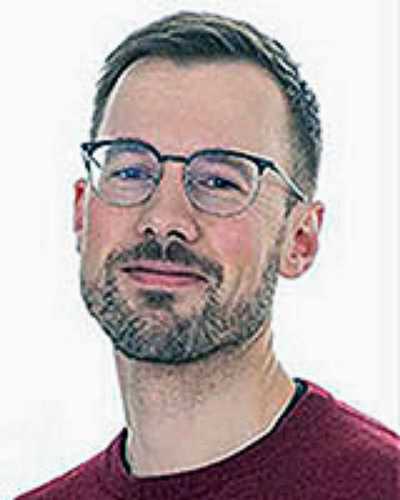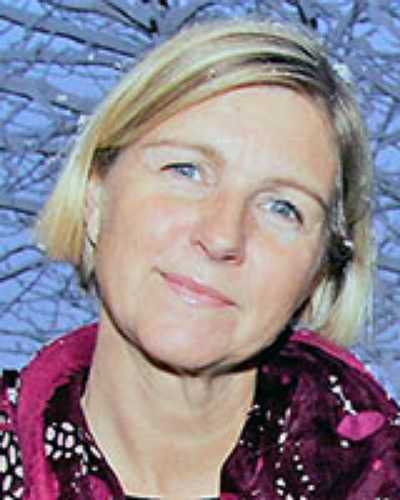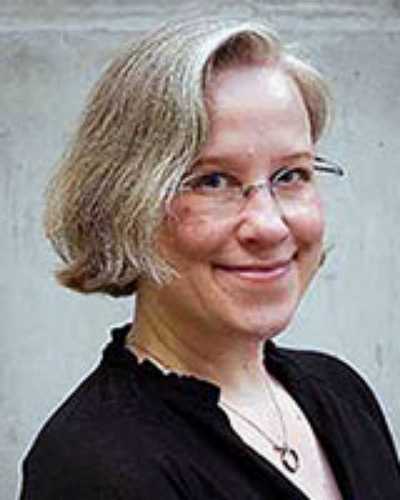early abstract:
Introduction: Community integration (CI) is recognised as an overarching goal for the rehabilitation of individuals with acquired brain injury (ABI). However, adults with less severe ABI often experience a lack of support when they return home after discharge from hospital or inpatient rehabilitation, despite having persistent impairments and ongoing needs. Individuals living in rural areas are even less likely to receive adequate support during this period, which is often marked by challenges and uncertainty. This review aims to map and explore the research literature to identify existing models for rehabilitation service provision aimed at promoting the CI of home-dwelling adults with ABI living in rural areas.
Methods: A scoping review of the research literature was conducted. The study followed the Joanna Briggs Institute guidelines for scoping reviews and the PRISMA extension for scoping reviews. The databases searched were Medline, Embase, Amed, Cinahl, Web of Science, Cochrane Library, PsycINFO, and Google Scholar. No limitations were set for the study design, time of publication, or country of origin, but only literature in English, Danish, Norwegian, or Swedish was considered for inclusion.
Results: Twenty-seven articles were included. All of them originated from four Western and predominantly English-speaking countries: Australia, Canada, the UK, and the USA. A thematic analysis identified six model categories that reflect different strategies for providing rehabilitation that promote CI in adults with ABI in rural areas. Sorting the model categories into micro (individual, interpersonal), meso (organisational, community), and macro (policy, society) levels highlighted that most of the included literature concentrates on microlevel issues at the individual or interpersonal level. Microlevel model categories encompass self-management and education, the use of navigators, and the incorporation of everyday life activities into rehabilitation. Far fewer articles addressed mesolevel issues such as service development in rural areas or the development of inclusive rural communities, and only a single article addressed policy development at the macrolevel.
Conclusions: The relatively low number of included articles and limited geographical distribution of studies indicate that more research is needed on rehabilitation models aimed at promoting CI in adults with ABI in rural areas. Although we identified several existing approaches to rehabilitation service provision in rural areas, there is still a need to develop models that fully consider the complexity and long-term nature of CI after ABI. The results also demonstrate that CI in rural areas not only is dependent on professional service delivery aimed at the individual with ABI but also can be promoted by supporting significant others, developing inclusive communities, and improving policies. More knowledge on such issues may facilitate a wider reorganisation of care systems to enhance the CI of adults with ABI in rural areas. However, this will require more research with a wider scope than microlevel service delivery.
Keywords: brain injuries, community integration, scoping review, rehabilitation, rural health, rural areas




